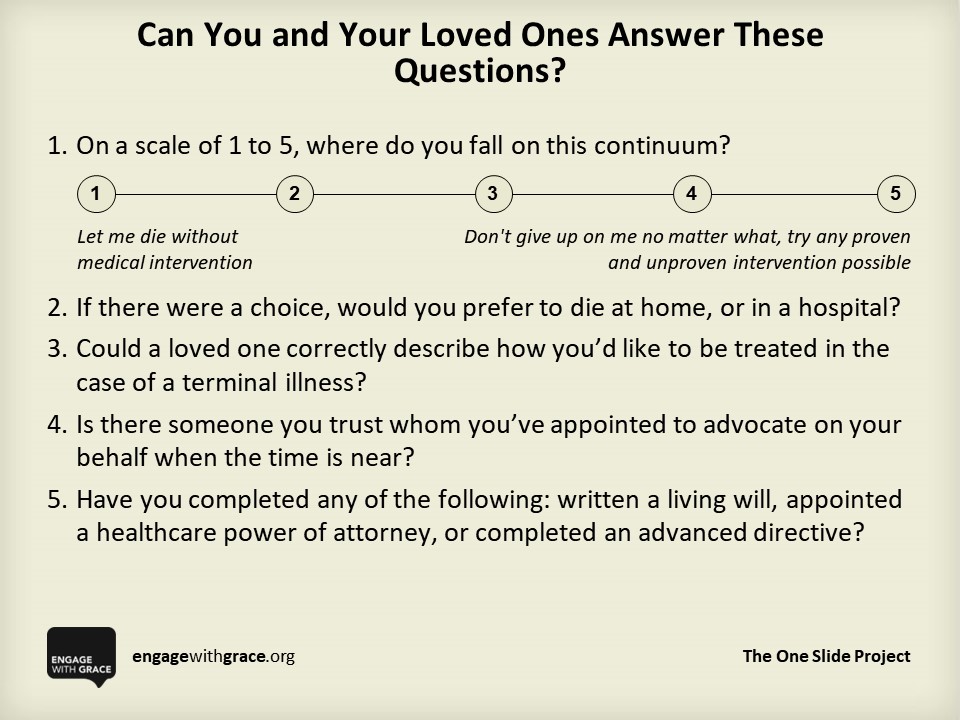
By MIKE MAGEE
How comfortable is the FDA and Medical Ethics community with a new super-charged medical Facial Recognition Technology (mFRT) that claims it can “identify the early stages of autism in infants as young as 12 months?” That test already has a name -the RightEye GeoPref Autism Test. Its’ UC San Diego designer says it was 86% accurate in testing 400 infants and toddlers.
Or how about Face2Gene which claims its’ mFRT tool already has linked half of the known human genetic syndromes to “facial patterns?”
Or how about employers using mFRT facial and speech patterns to identify employees likely to contract early dementia in the future, and adjusting career trajectories for those individuals. Are we OK with that?
What about your doctor requiring AiCure’s video mFRT to confirm that you really are taking your medications that you say you are, are maybe in the future monitoring any abuse of alcohol?
And might it be possible, even from a distance, to identify you from just a fragment of a facial image, even with most of your face covered by a mask?
The answer to that final question is what DARPA, the Defense Advanced Research Projects Agency, was attempting to answer in the Spring of 2020 when they funded researchers at Wuhan University. If that all sounds familiar, it is because the very same DARPA, a few years earlier, had quietly funded controversial “Gain of Function” viral re-engineering research by U.S. trained Chinese researchers at the very same university.
The pandemic explosion a few months later converted the entire local population to 100% mask-wearing, which made it an ideal laboratory to test whether FRT at the time could identify a specific human through partial periorbital images only. They couldn’t – at least not well enough. The studies revealed positive results only 39.55% of the time compared to full face success 99.77% of the time.
Facial Recognition Technology (FRT) dates back to the work of American mathematician and computer scientist Woodrow Wilson Bledsoe in 1960. His now primitive algorithms measured the distance between coordinates on the face, enriched by adjustments for light exposure, tilts of the head, and three-dimensional adjustments. That triggered an unexpectedly intense commercial interest in potential applications primarily by law enforcement, security, and military clients.
The world of FRT has always been big business, but the emergence of large language models and sophisticated neural networks (like ChatGPT-4 and Genesis) have widened its audience well beyond security, with health care involvement competing for human and financial resources.
Whether you are aware of it or not, you have been a target of FRT. The US has the largest number of closed circuit cameras at 15.28 per capita, in the world. On average, every American is caught on a closed circuit camera 238 times a week, but experts say that’s nothing compared to where our “surveillance” society will be in a few years.
Continue reading…














